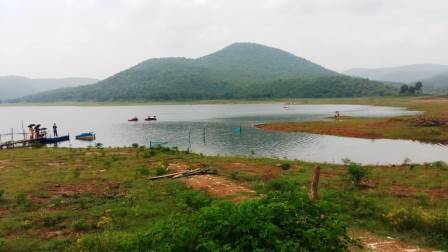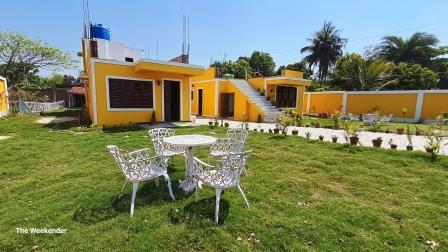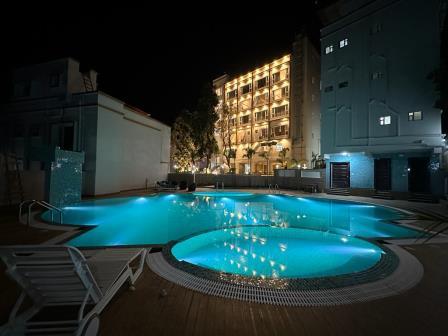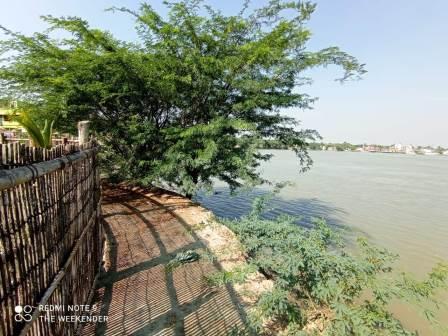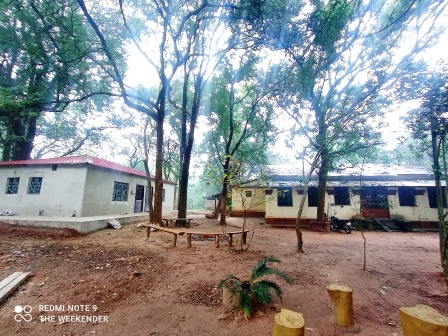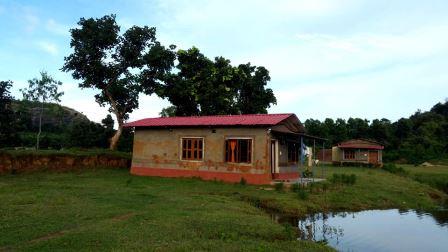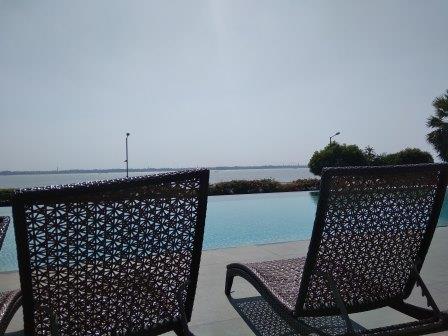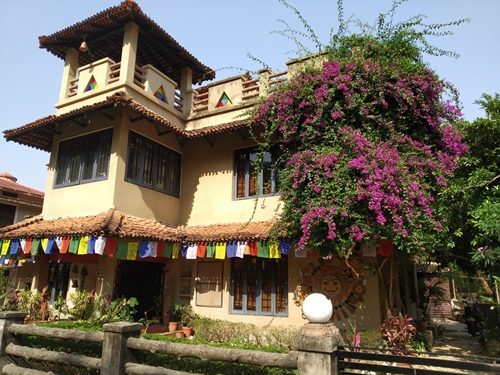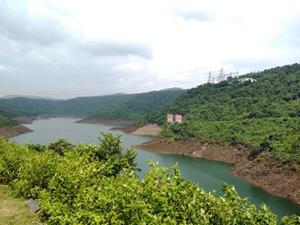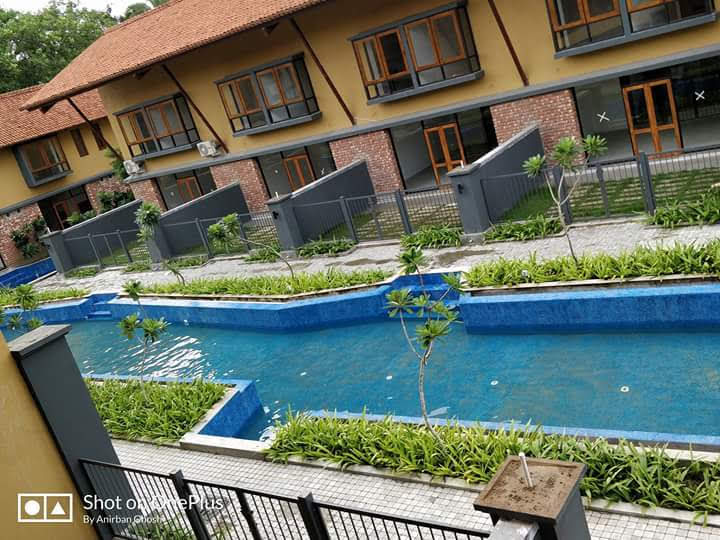Kantha Stitch Embroidery from Nanoor,Birbhum District-
Kanthas are traditionally worked by village women on old cloth, mainly soft, discarded dhotis and saris. Layers of old white dhotis used by men or faded coloured saris are held together in running stitches along the edges, using thread drawn out of the faded borders of the discarded saris. These borders are generally torn off and preserved carefully for the purpose by kantha makers.
Kanthas meant for use as quilts are called lep-kanthas, and those designed as counterpanes are called sujanikanthas. Kanthas also serve as covers for boxes and mirrors, as pillow cases, stoles for women and shawls for men; they are very popular as diapers for babies too.
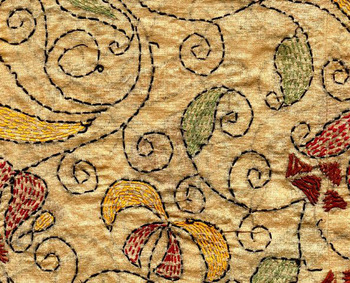
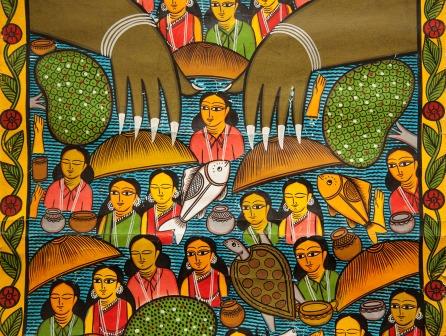
Patachitra from Pingla, West Medinipur District
The word 'Pata' signifies a painted feature. From the word originated the word 'Patua' which means one who paints a picture. The Patuas paint pictures which are mostly scenes from mythological stories.Apart from the "PataChitran" a new genre at artistic paintings depicting stylised and realistic figures have also gained popularity among connoisseurs recently.
The theme of these pictures is definite and the paintings reflect maximum economy of means. These scrolls are direct in story telling power and require no interpreter to understand.
Clay Doll of Ghurni,Nadia District
The clay dolls of Ghurni are famous and known to all for their beautiful, lively structures and vibrant colours. Like everything else in Krishnanagar, the clay dolls too are associated with Maharaja Krishna Chandra. According to local belief, while fleeing from Mir Kasim’s custody, the Maharaja on his escape route through the river was instructed to pay homage to a local deity in his dreams. To build the idol of the goddess, he brought the doll makers from Natore, now in Bangladesh and settled them in Ghurni of Krishnanagar.
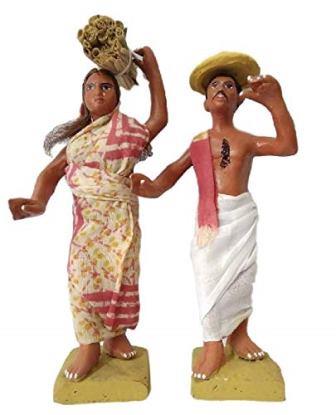

Wooden Doll of Natungram, Bardhaman District
The craft gained immense popularity under the Bardhaman Maharaja. The traditional designs based on culture and mythology, the richness of ideas, the brilliant combination of pure simplicity and glamour combined with the master craftsmanship of the artisans, result in an amazing work of art.
Sholapith / Festival Craft of Bardhaman District
Shola pith (Indian cork) is a delicate, ivory-coloured reed that grows on moist and marshy land in Bengal, Assam, Odisha, Andhra Pradesh and Tamil Nadu. The Shola artists, known as Malakars, do some exquisite, intricate work by cutting and carving the reed to make decorative items of varied kinds, including the widely popular Daker Saaj for the idols of Hindu gods and goddesses, across Bengal and beyond.
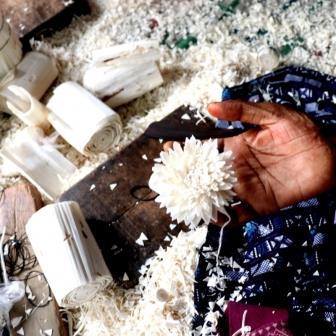
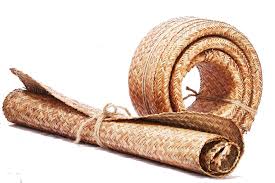
Shital Pati- The Cool Mats of Bengal, from Cooch Behar
Sital means cool in bengali while pati means mat. These mats are made from the soft slips of Maranta dichotoma, a locally grown cane, split lengthwise into fine strands. The deft hands of the artisans of this state are engaged in mat-weaving and their products are noted for their cool comfort, pleasing colours and decorative designs.The products range from coarse mats to superfine and highly decorative masland mats.There is another group who make sophisticated dinner mats, wall hangings etc. “Sitalpati” (Cool Spread) are made of cane slips procured from a reed growing in marshy land. Coochbehar is worth mentioning for excellence in production of Sitalpati. Ghughumari is 8 km away from Cooch Behar town
Kaansha Utensils or Bell Metal from Nadia & Bardhhaman
Utensils and artefacts made of Kaansha or bell metal occupied a special place in the lives of Bengal’s elite in the 18th century. Handed down by artisans through generations, these products in Bengal were meant for special domestic and religious occasions. The traditional ‘Kaanshari’ artisans made handcrafted metalwares and artifacts from scrap metal. However, this traditional craft suffered a setback due to the arrival of stainless steel and other alternative products.
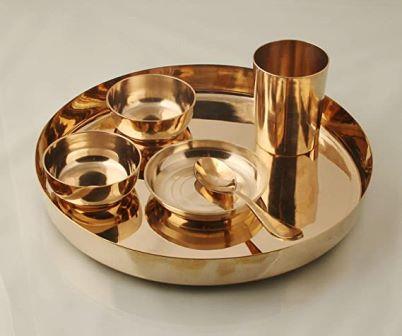
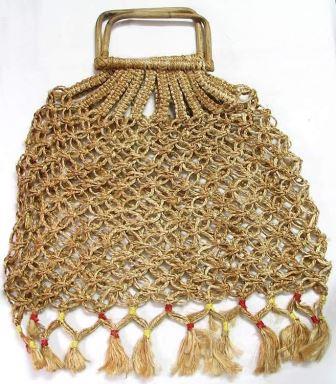
Jute Crafts of Bengal, North and South 24 Paraganas districts
Jute is known as the ‘golden fibre’, and is one of the longest and most used natural fibres for various textiles applications. Jute is 100% biodegradable and recyclable natural fibre. Thousands of farmers in the state cultivate jute for their livelihood. Rural women take part at all levels of the jute value chain, as farm labourers, cottage industry workers, and as entrepreneur’s hand making jute products.
Madurkathi(mat) of Paschim Medinipur District
Madur (mat) weaving is an age-old cottage industry of Paschim Medinipur district. Madur artisans weave this on a simple bamboo frame. Warp is of cotton thread and weft is a thin soft reed of Madurkathi, a grass weed. Madur craftspersons these days make various diversified products which includes table runners and mats, curtains, hats, purses, sun-guards etc.
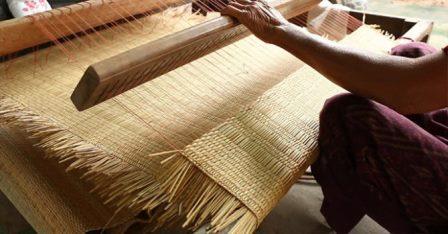
Enquery
Gallery
There is no Gallery Images.



